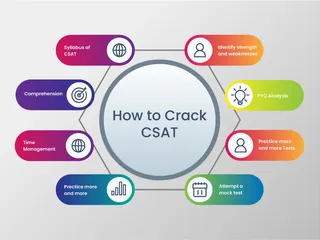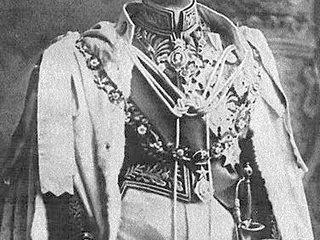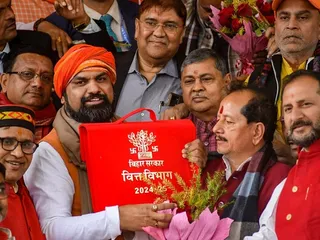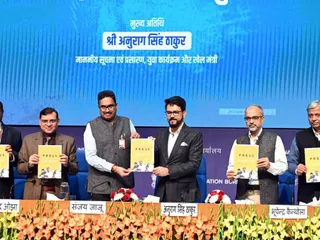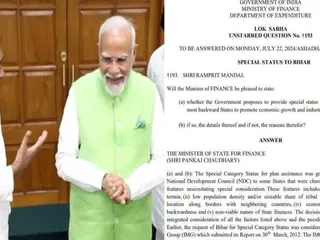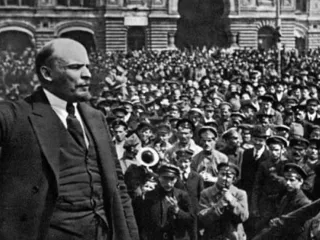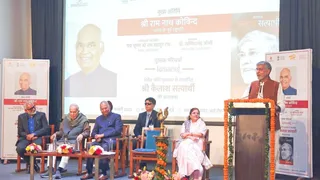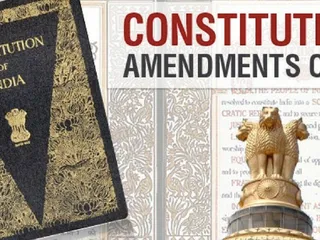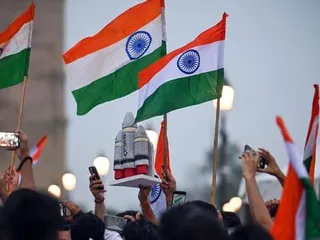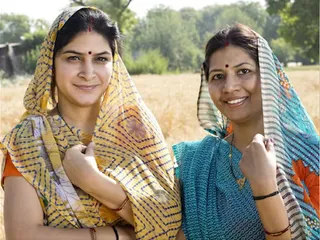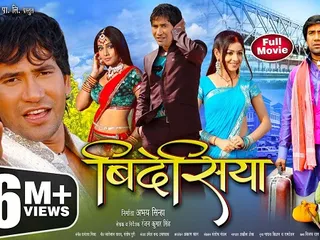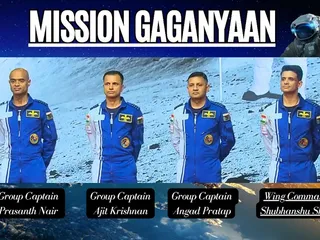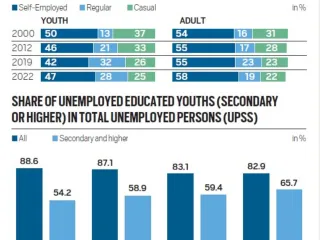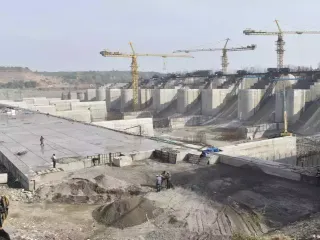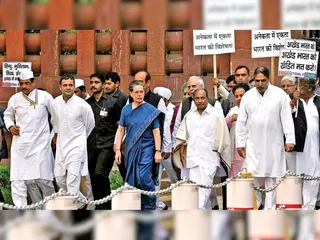The Champaran Satyagraha, launched in 1917, marks a significant turning point in India's struggle for independence. It was Mahatma Gandhi's first major campaign of civil disobedience in India and demonstrated the power of non-violent resistance against British oppression. This movement, rooted in the plight of impoverished indigo farmers in Champaran, Bihar, served as a powerful precursor to later, larger-scale struggles.
The Champaran region was under the oppressive system of indigo cultivation. Under the tinkathia system, farmers were forced to cultivate indigo on at least 3/20th of their land and surrender the harvest to the British planters at a predetermined, often exploitative, price. This system left the farmers in deep poverty and indebtedness. The farmers were effectively serfs, bound to the land and the whims of their British landlords.
Raj Kumar Shukla, a farmer from Champaran, played a crucial role in bringing the issue to Gandhi's attention. He persistently sought Gandhi's help, eventually convincing him to visit Champaran and investigate the situation. Gandhi's arrival in Champaran marked the beginning of the Satyagraha.
Gandhi's approach was meticulously planned and implemented using non-violent methods. He systematically investigated the situation, collecting evidence of the farmers' suffering and the injustices of the tinkathia system. He organized local committees, educated the farmers about their rights, and encouraged them to resist the oppressive system peacefully. He encouraged them to refuse to cultivate indigo, a crucial step in challenging the British planters' authority.
The British authorities initially resisted Gandhi's efforts, attempting to intimidate and obstruct his investigation. Gandhi, however, stood his ground, openly defying the authorities and facing arrest and potential imprisonment. This act of defiance resonated deeply with the Indian population, further solidifying his image as a powerful leader.
The Champaran Satyagraha ultimately achieved a significant victory. The government, under pressure from Gandhi's movement and public opinion, appointed an inquiry commission. The commission's findings confirmed the exploitation suffered by the farmers, and consequently, the tinkathia system was abolished. The planters were forced to return a significant portion of the land revenue collected from the farmers, providing much needed financial relief.
The Champaran Satyagraha's significance extends beyond its immediate success. It served as a powerful demonstration of the effectiveness of Satyagraha, or non-violent resistance, in challenging oppressive power structures. It showcased Gandhi's leadership capabilities and his ability to mobilize and inspire the masses. The movement also instilled a sense of self-respect and empowerment among the farmers, encouraging them to actively participate in shaping their own destinies. The lessons learned in Champaran paved the way for the Kheda Satyagraha and subsequent movements leading to India's independence.
The Champaran Satyagraha stands as a testament to Gandhi's revolutionary approach to social and political change. It remains a compelling example of how non-violent resistance, strategically employed, can achieve significant political and social reform. Its legacy continues to inspire movements for social justice and freedom across the world.







